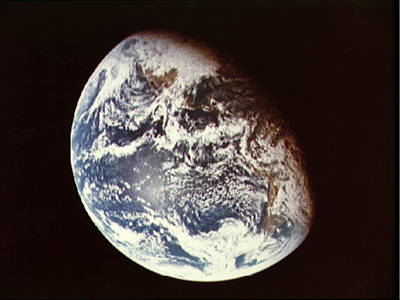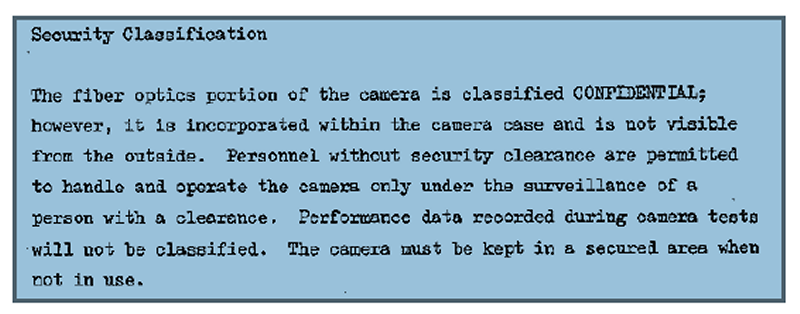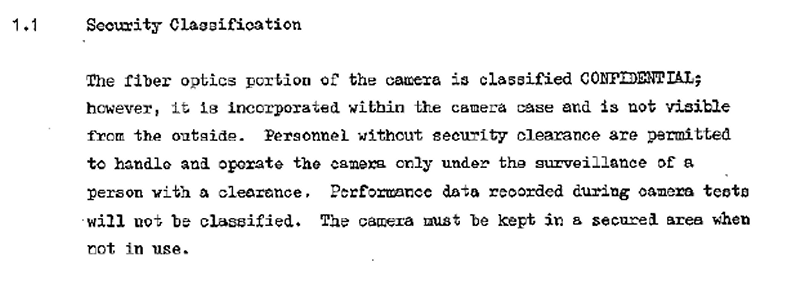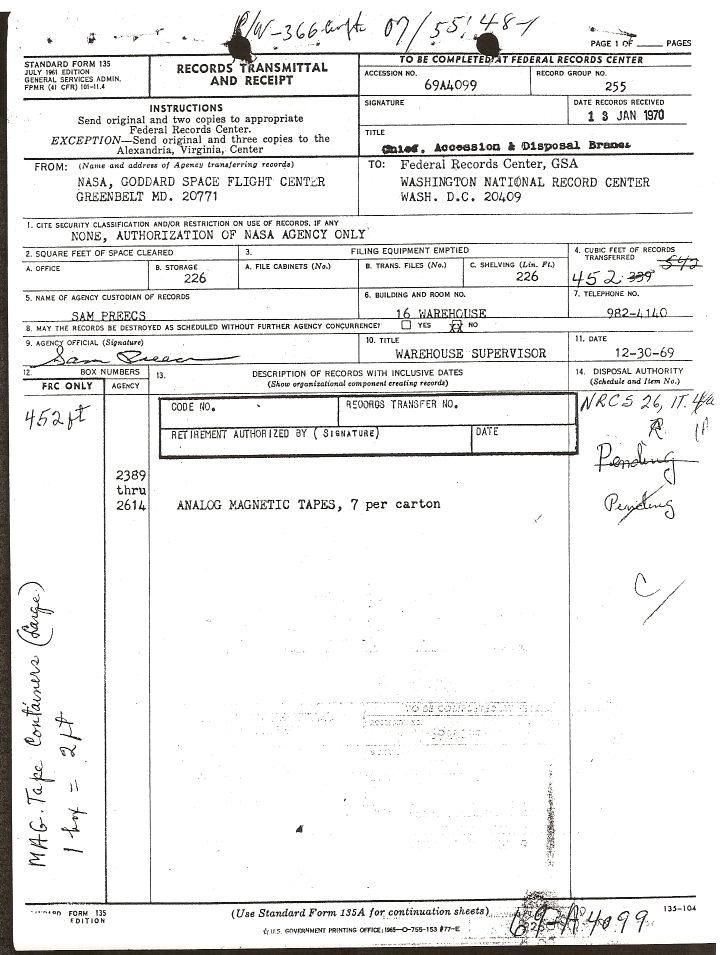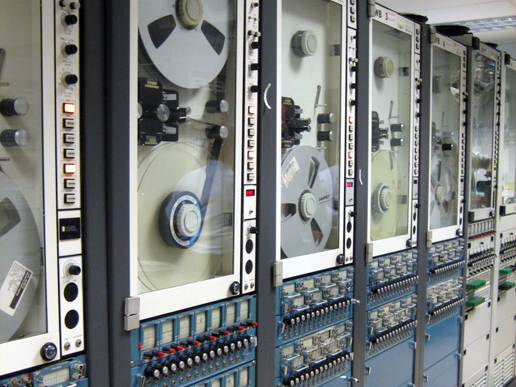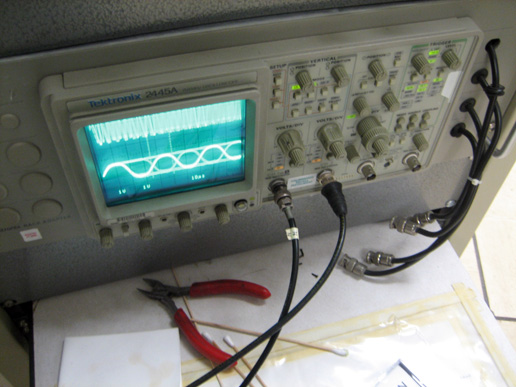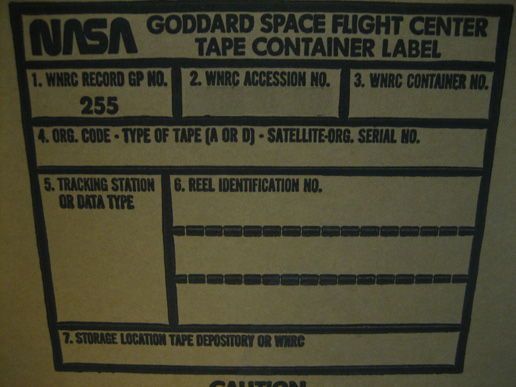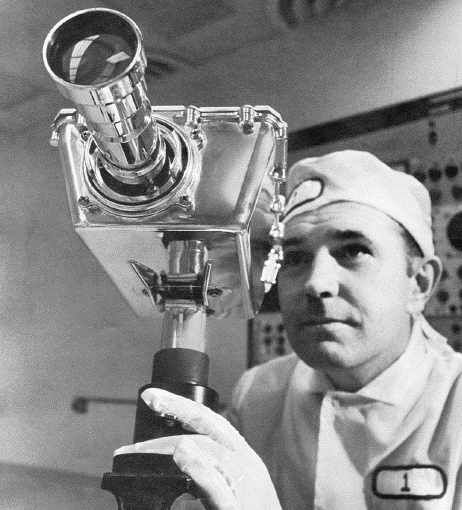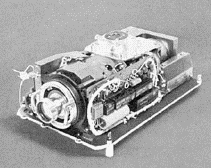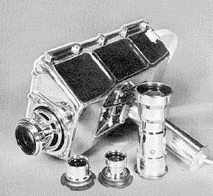|
|
|||
|
..
The Second Mission: Testing the CSM in Lunar Orbit 21 December–27 December 1968 Four recoverable film camera capsules were carried aboard the S-IC stage. Two were located in the forward interstage looking forward to view S-IC/S-II separation and S-II engine start. The other two were mounted on top of the S-IC stage LOX tank and contained pulse cameras which viewed aft into the LOX tank through fiber optics bundles. One of the LOX tank capsules was recovered by helicopter at 00:19:30 at latitude 30.22° north and longitude 73.97° west. Despite film damage caused by sea water and dye marker which had leaked into the camera compartment, the film provided usable data. It was not known if the other three capsules were ejected. There were also two television cameras on the S-IC to view propulsion and control system components. Both provided good quality data. SOURCE: NASA History SP-4029 |
|||
|
..
APOLLO 11 |
|||
|
.. APOLLO 11
LunaCognita
If they lied about this, just imagine what else they lied to you about! |
|||
Related Links:
|
|||
|
The Search for the Original Apollo 11 Moonwalk TV tapes Richard Hess linked to a report from this site on July 14th. I couldn't get that link to work. But there is an alternate link provided on an associated page. It looks as if my assumption was correct, the Apollo moon landing tapes were sent to NARA's Federal Records Center in 1970, then called back by NASA some time beween 1975-1979, when NASA pulled back almost all of a large series of records. The moon tapes should have gone back to the FRC and eventually been accessioned into NARA as "Permanent," but this never happened. See http://www.honeysucklecreek.net.nyud.net:8080/Apollo_11/tapes/ for a site which has a flyer, a report, and the actual NARA SF 135 records transmittal form. The form is at;
I'm still downloading it now; it's a large file and I only have dial-up. If I have any further observations, I'll send 'em along. It would have been much safer for the tapes to have remained at the FRC, you can see they have good item control over such materials when they are held in NARA facilities. Maarja |
|||
|
..
|
|||
| Update: Apollo 11 Tapes
08.15.06 Jason Townsend
NASA personnel continue to sift through 37-year-old records in their attempt to locate the magnetic tapes that recorded the original Apollo 11 video in 1969. The original tapes may be at the Goddard Space Flight Center, which requested their return from the National Archives in the 1970s, or at another location within the NASA archiving system. Despite the challenges of the search, NASA does not consider the tapes to be lost. The tapes were sent from Goddard to a storage facility of the National Archives in late 1969. This kind of transfer is standard for government records, whether contracts, memos, photographs or space telemetry. Among the 2,614 boxes of Apollo mission tapes that went to the facility, the original Apollo 11 may have been among them. Between 1975 and 1979, NASA's Goddard Space Flight Center recalled all but two of the 2,614 boxes. The remaining two boxes included telemetry tapes from Apollo 9, leading engineers to believe that these shipments contained most of the Apollo related materials.
First-generation copies of the converted video from Apollo 11 as well as other first-generation copies and some original versions of the converted video for the Apollo 12 through Apollo 17 flights are still in NASA Johnson Space Center's Informational Resources Directorate's video vault in Houston. About 18 months ago, NASA Goddard began an informal search for the tapes after some inquiries from retirees from the space agency and others from the Apollo program. NASA engineers are hopeful that when the tapes are found, they can use today's digital technology to provide a version of the moonwalk that is much better quality than what we have today. Goddard engineers were able to extract data from a nearly-identical type of tape recorded in 1969 of an Apollo simulation from the Honeysuckle Creek, Australia tracking station providing optimism that when the tapes are located, we can preserve original video.
In the event the tapes are found, NASA Goddard is taking steps to make sure all the unique hardware required to process the Apollo 11 moonwalk tapes is still around and can be used to make digital reproductions of the tapes that will be kept with the NASA History Office to make sure the video is protected and restored as needed. NASA has also asked that any paperwork related to the transfer of the tapes from the National Records Center to NASA Goddard and paperwork related to the NASA Johnson Space Center's transfer of tapes to the National Archives be preserved and digitized to prevent further deterioration of these historical records. Because of power limitations, Apollo 11 used specially developed slow-scan video that had to be converted into a format that could be broadcast over commercial television. The original signal was transmitted at 10 frames per second and had to be converted to 60 frames per second to be viewed on your TV set.
The signal originated on the Moon, traveled through the emptiness of space back to Earth, and was received by tracking stations on the ground in Goldstone, California; Parkes, Australia; and Honeysuckle Creek, Australia. These three tracking stations recorded the original signal that included the television video, as well as voice, telemetry, and biomedical data. The data was recorded onto magnetic tapes, and simultaneously converted into a U.S. broadcast format for transmission to Houston and final release to U.S. television networks. The equipment used to convert the signal unfortunately caused some unavoidable loss of image quality. Related Links: SOURCE: NASA Update: Apollo 11 Tapes 08.15.06 |
|||
|
TELEVISION ON THE MOON! Or... In Space No One Can Tell You Are Using The CBS COLOR SYSTEM! ..
|
|||
|
MASSIVE "TV ON THE MOON" TECHNICAL DOCUMENTATION LIBRARY From the site of:  Apollo TV and Communications Documentation
Unless otherwise noted, documents scanned and converted to PDF format by Bill Wood. (See the accompanying notes on the conversion process ).
|
|||
| FAIR USE NOTICE: This page contains copyrighted material the use of which has not been specifically authorized by the copyright owner. Pegasus Research Consortium distributes this material without profit to those who have expressed a prior interest in receiving the included information for research and educational purposes. We believe this constitutes a fair use of any such copyrighted material as provided for in 17 U.S.C § 107. If you wish to use copyrighted material from this site for purposes of your own that go beyond fair use, you must obtain permission from the copyright owner. | |||
|
|
